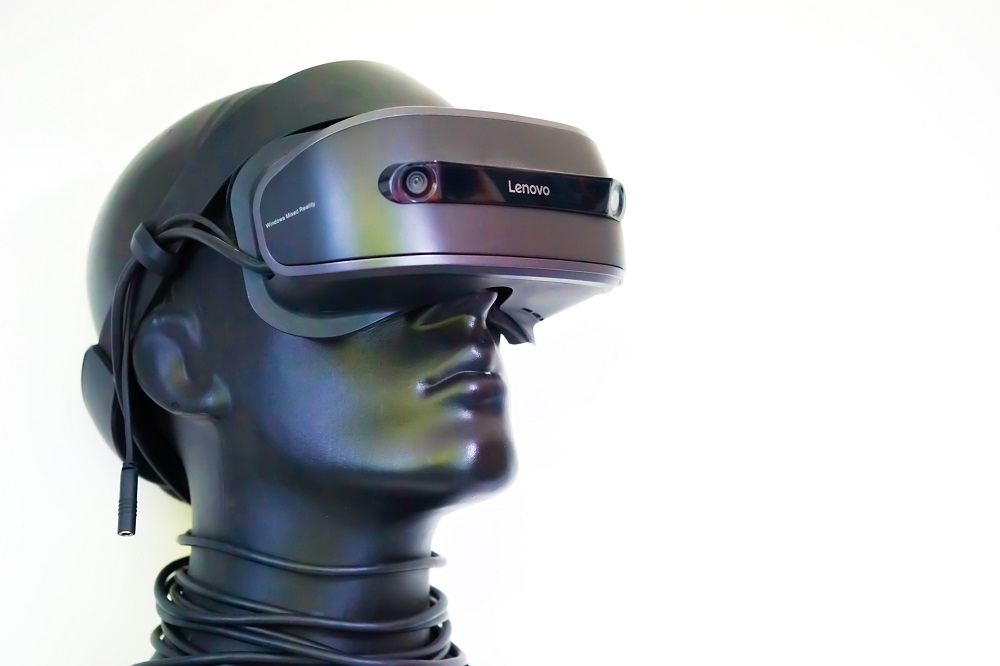Recent months of social distancing have forced many businesses to change their behaviours and offer goods and services in new ways. But will these changes last? The real question, of course, is not whether businesses can continue to operate in this way but whether the changes in customer behaviour will last once the pandemic-driven restrictions are lifted.
To answer this question, we need to understand what has driven customer behaviours, and how customers have experienced the pandemic. This will allow us to create sustainable business models for the future.

Changing behaviours, changing times
Customer behaviour changed significantly during the pandemic. Research from SAS shows that since the pandemic started, 15% of customers used a digital channel or service for the first time. And only a third of those plan to revert once the pandemic is over. This means that nearly half of all customers (46%) now use digital channels.
What’s more, there have been changes in customers’ willingness to provide information. Around a third of customers said that they were more willing to provide information than before the pandemic, compared with just one-fifth who said that they were less willing. However, they also understood the risks of sharing their personal information, and especially of fraud, cybercrime and data leaks. Therefore, they have high expectations that businesses will keep their data safe and secure.
Interestingly, customer experience also changed during the pandemic. The SAS research (which has been published as an e-book) shows that 80% of customers felt that their customer experience had improved since the pandemic started. This is probably at least partly because they moved to digital channels.
We know that these channels lend themselves to simpler, quicker customer interactions. For example, when you use a website to find information, there is no wait for a call centre operator to answer, no being put on hold, and no need to be called back. You can also put a process on hold yourself, and come back to it later if you want—and all without having to leave the house.
The flip side
However, there is a flip side to this. Customer experience has also become more important. And customers are less tolerant of poor performance. A third of customers (34%) said that they would change suppliers after just one poor customer experience. We also know that it is much easier to switch suppliers in a digital world, whether you are looking at retail, insurance, banking or energy supply.
Further, there are some real differences between sectors. During a recent webinar delivered in partnership with SAS partner WAKEN, my colleague Steve Perks observed that health care had seen a big shift in practice as providers moved services online for the first time. However, other sectors, such as banking and retail, had simply seen an acceleration of an existing movement towards digital channels.
A permanent change?
Will customers continue to use digital channels into the future? The SAS research suggests that the answer is yes. However, as Steve pointed out, this might vary across sectors. Overall, 70% of new adopters of digital channels said that they would continue to use these channels in future. Almost one-fifth (19%) of customers also said that they would increase spending after the pandemic, compared to just 9% who thought they were likely to spend less.
There is a growing group of customers who want to use digital channels. They will give businesses more information – if those businesses keep their information safe and only use it for acceptable purposes. These customers are also increasingly interested in their customer experience.
This adds up to an opportunity for businesses. They have more scope to engage with customers in new and innovative ways, thanks to those customers’ willingness to provide more information. They can increasingly personalise experiences and interactions by using real-time intelligence powered by AI. This, in turn, increases the likelihood of retention. It will also attract those who are dissatisfied with competitors and looking for a better customer experience.
The future is here
There is evidence that what customers want is a combination of convenience and customer service. Get it right, and businesses will reap the benefits. Get it wrong, and customers will quickly move on.
You can find out more about what our experts and partners think about this issue via the on-demand webinar that took place on 30 June. You may also want to check out future webinars here.
